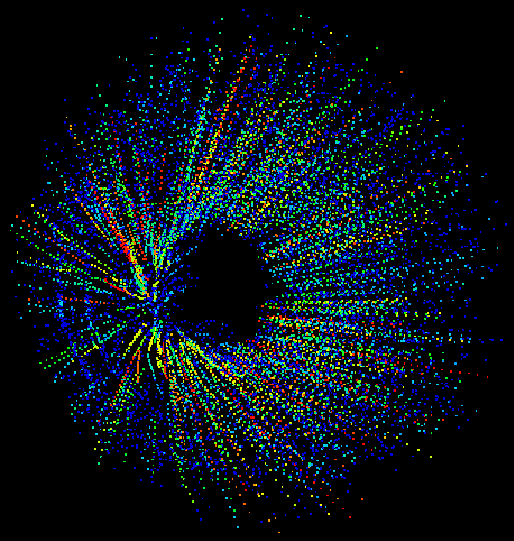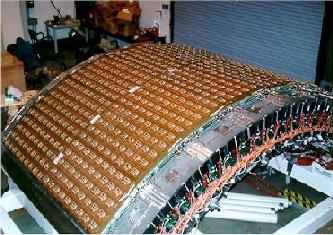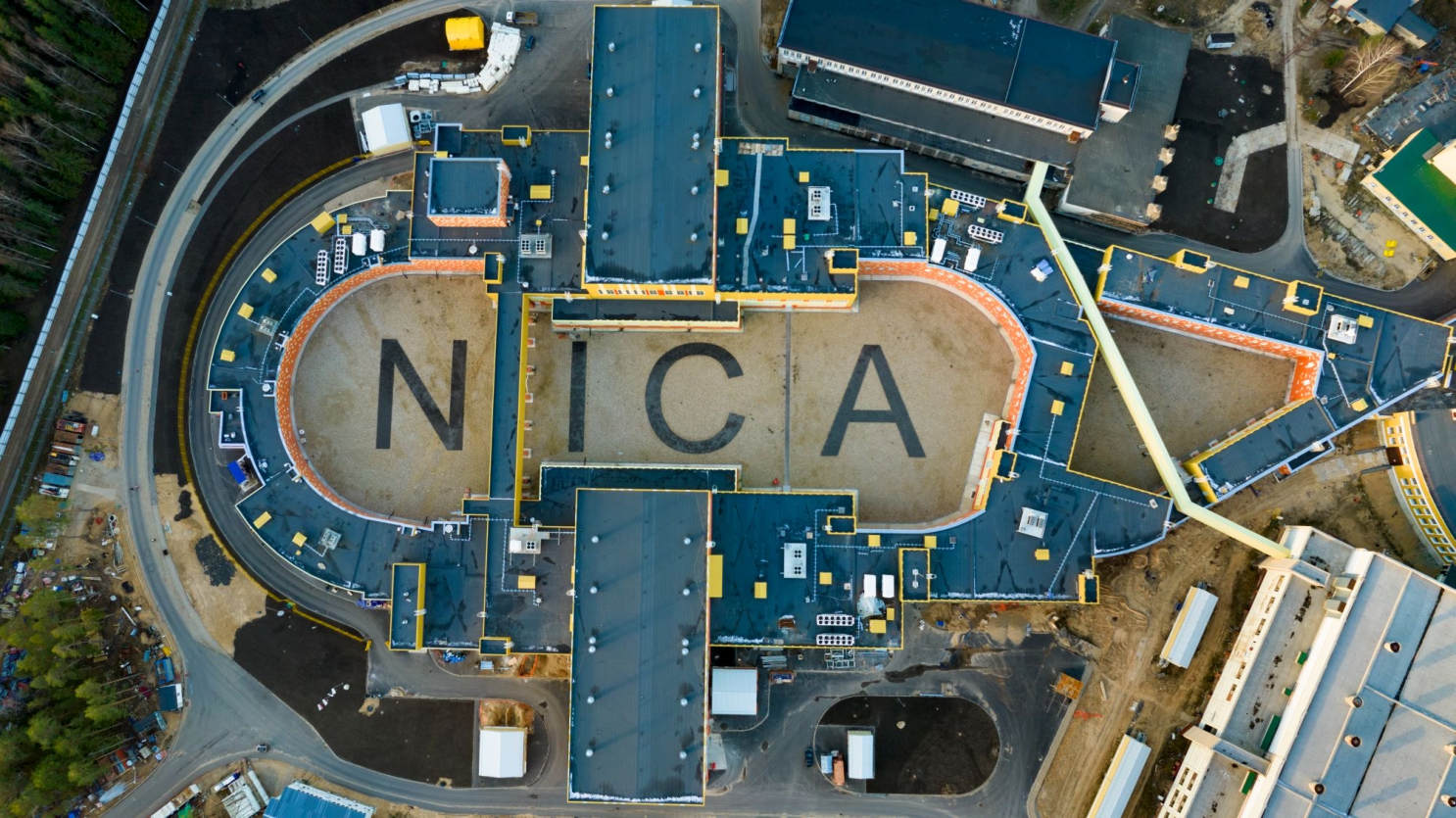Research
My research is focused on the study of ultra-relativistic heavy-ion collisions. These collisions are used to recreate in the laboratory the primordial state of matter, known as the Quark Gluon Plasma, that existed some ten micro-seconds after the big-bang. The QGP is a state of matter where quarks and gluons are free to move over a large volume compared to the typical hadron sizes. I have been involved in the study of the QGP and its properties since the beginning of this field of research in the late eighties.
I am particularly interested in the measurement of electron pairs produced in these collisions. Electron pairs, and dileptons in general, are unique and powerful probes of the QGP. They are sensitive to the two fundamental properties that characterize the QGP, the deconfinement of quarks and gluons and the restoration of chiral symmetry.
My group concentrated on this topic, first with the CERES experiment that pioneered the measurement electrons pairs at the CERN SPS, later with the PHENIX experiment at RHIC and currently at the NICA facility under construction at JINR.



